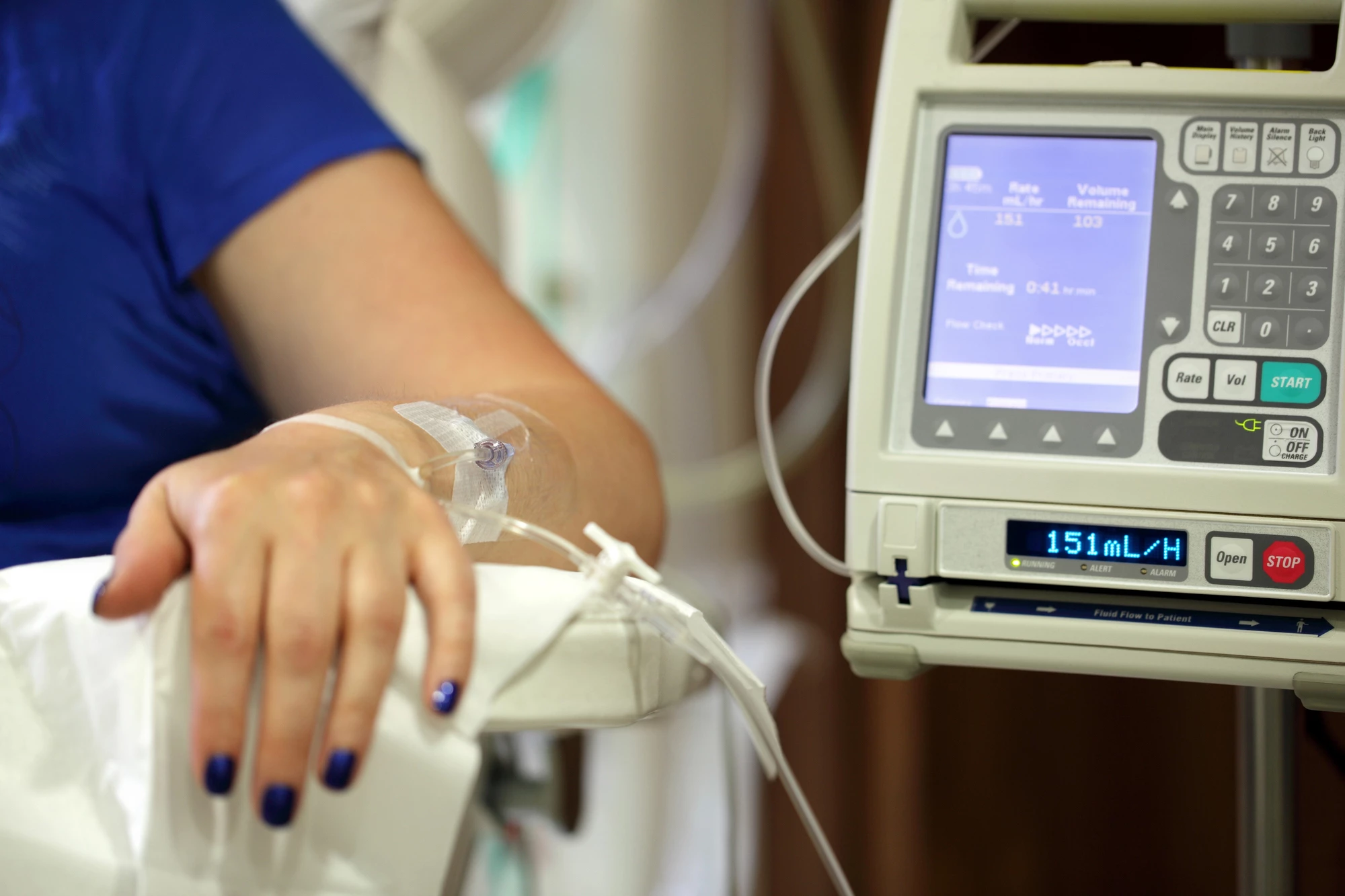The future of cancer treatment just got a whole lot brighter. Researchers have created digital twins of patients and used them as virtual guinea pigs, testing out different drugs to predict which one would be most effective against the type of cancer they have.
Imagine you’re told by your doctor that you have cancer and need treatment immediately. They present you with two options and ask you to choose one. Obviously, you want the treatment that is the most effective at fighting the cancer that you have, based on your body makeup. So, how do you choose between the two treatments offered?
Researchers have made that decision far easier. By creating digital twins of cancer patients, they could be used as virtual guinea pigs, recreating clinical trials to compare the effectiveness of treatments and predict how a patient is likely to respond.
“Around the world, we spend billions of dollars on developing new cancer treatments,” said Dr Uzma Asghar, a consultant medical oncologist currently working at The Royal Marsden NHS Foundation Trust, London, and the co-founder and Chief Scientific Officer at Concr, a biotech company with a focus on personalized cancer treatments. “Some will turn out to be successful, but most will not. We can use digital twins to represent individual patients, build clinical trial cohorts and compare treatments to see if they are likely to be successful before testing them out with real patients.”
Digital twins aren’t new. NASA claims that it originated the concept in the 1960s when it created multiple simulators to evaluate the oxygen tank explosion and subsequent engine damage that happened aboard Apollo 13. Now, though, advancements in AI, next-gen mobile communications and big data have meant that the technology has taken off and threatens to shake up a number of industries, including healthcare.
The researchers called their technology FarrSight-Twin. It’s based on advanced algorithms commonly used by astrophysicists and applied to large amounts of molecular and patient data. This enables the integration of disparate oncology datasets into a single, holistic model of patient response.

Put simply, each digital twin is created from biological data taken from thousands of cancer patients who’ve received different types of treatments. All of the data is combined to recreate a twin of a real patient’s cancer, with molecular data taken from their tumor. The twin can then be subjected to treatments lifted straight from published clinical trials.
The researchers found that their virtual clinical trials on digital twins accurately predicted the outcome of the actual phase II or III clinical trials involving patients with breast, pancreatic or ovarian cancer in which two different drug therapies were compared. Patients who received the treatment that FarrSight-Twin had predicted would be the best for them had a 75% response rate, compared to a 53.5% response rate seen in patients who received a different treatment. The response rate is the percentage of patients whose cancer shrinks or disappears after treatment.
“We are excited to apply this type of technology by simulating clinical trials across different tumor types to predict patients’ response to different chemotherapies and the results are encouraging,” Asghar said. “This technology means that researchers can simulate patient trials at a much earlier stage in drug development and they can re-run the simulation multiple times to test out different scenarios and maximize the likelihood of success. It is already being used to simulate patients to act as controls for comparing the effect of a new treatment with the existing standard of care.”
The researchers are currently using the Farr-Sight Twin to see if the technology can help predict which available treatments work best for patients with triple-negative breast cancer, a more aggressive type of tumor with a faster growth rate and higher risk of spreading. It’s a collaboration between researchers from Concr, The Institute of Cancer Research (ICR), London, Durham University and the Royal Marsden Hospital, also in the UK.
They presented their findings on using the digital twin technology to predict patient responsiveness to cancer treatment at the 36th European Organization for Research and Treatment of Cancer-National Cancer Institute-American Association for Cancer Research (EORTC-NCI-AACR/ENA) Symposium, held in Barcelona, Spain, in late October 2024.
Source: EORTC-NCI-AACR (ENA)






